Mural Arts in Philadelphia
Murals are as much a part of Philadelphia as soft pretzels and cheese steaks. Take a walk or hop on a bike, drive if you must, through the city streets from Tacony to South Philly, or from Fishtown to West Philly, and you can't help but stumble upon buildings brought to life by colorful murals. It is impossible to escape the artistic grasp of more than 3,600 murals created since the inception of the Philadelphia Mural Arts Program.
What began as the Philadelphia Anti-graffiti Network in the 1984 to eradicate the city's graffiti crisis has transformed to the internationally recognized cultural art program through the vision and leadership of Jane Golden. The program enlists members of the community to participate in the composition of art as a means to heal, unite, and triumph over the forces of despair, and to transform places, individuals and institutions. Murals are a medium for education, restorative justice, and behavioral health programs serving community, youth and adult offenders at area prisons and detention centers, as well as individuals suffering from trauma, mental illness and addiction. The power of art connects young people to their communities and provides opportunities for their future, breaks the cycle of crime and violence, and brings about healing in individuals and communities affected by behavioral health disorders.
Each year local artists, as well as artists from around the country and around the globe join staff artists and hundreds of volunteers from the community to create murals throughout the city. One groundbreaking program that demonstrates the healing power of art is the Porch Light initiative, a public art approach to working with the community to achieve health and wellness. The program focuses on mental health and substance abuse, as well as those issues affecting mental health including homelessness, immigration, spirituality, war and community safety and tensions. The program seeks to engage the community for positive change and improve the physical environment, create opportunities for social connectedness, develop skills to enhance resilience and recovery, promote community and social inclusion, shed light on challenges faced by those with behavioral health issues, reduce stigma, and encourage empathy.
Growing up working at the shipyard on the South Philadelphia waterfront and warehouses on Callowhill Street, I am particularly fond of a new exhibit by artist Phillip Adam's titled Industrious Light. Hidden City Philadelphia is partnering with the Mural Arts Program to illustrate the role industry played in the history of Philadelphia. The series of murals will be a visual narrative of the city's expansive history in brewing, textiles, tool-making, railroads and other key industry.
The Mural Arts Program has received national and international recognition not merely for the art that adorns the city, but for its positive influence on the community. Former graffiti artist and internationally acclaimed Stephan Powers demonstrates such positive influence with his series titled Love Letters, which consists of fifty murals along the Market Street and West Philly elevated train lines that express the complexities and rewards of relationships.
The magic of mural arts in Philadelphia is that you need no ticket, just a good pair of walking shoes, a bicycle, or car. But if you prefer a guided tour, many are offered including trolley, walking, train, bike and Segway, and group tours. Public tours are conducted from April 11 through November 11, 2015. Private tours and interactive group options are available year round. More information about tours, tickets and prices are on the Mural Arts Program website.
The slideshow that follows is an assortment of murals shot in neighborhoods around the city including Fairmount, Fishtown, Northern Liberties, Spring Garden, Tacony, Mount Airy, Germantown, Manayunk, Francisville, along the Schuylkill Banks, and across from the Delaware River waterfront.

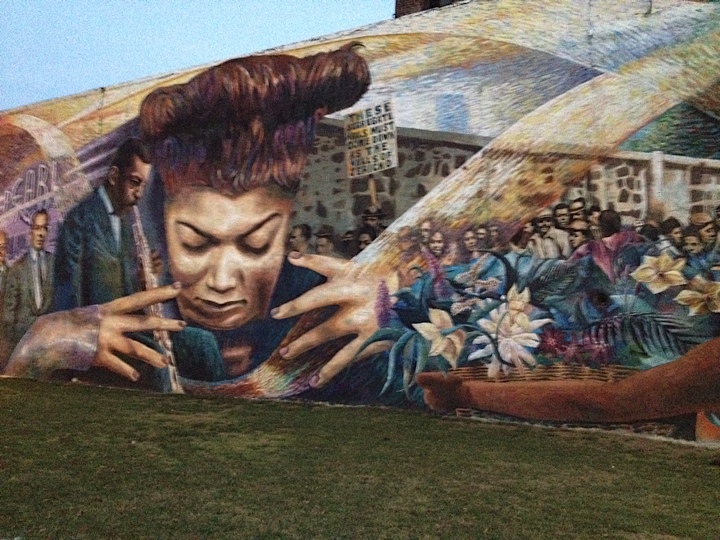
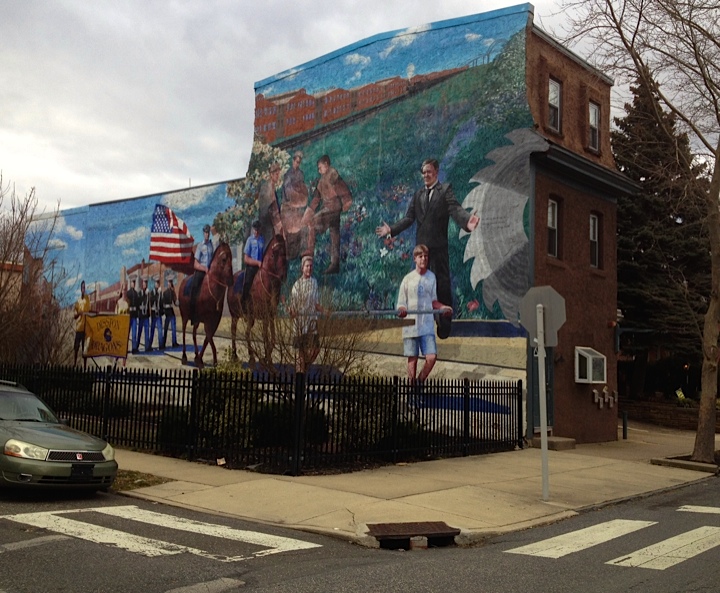
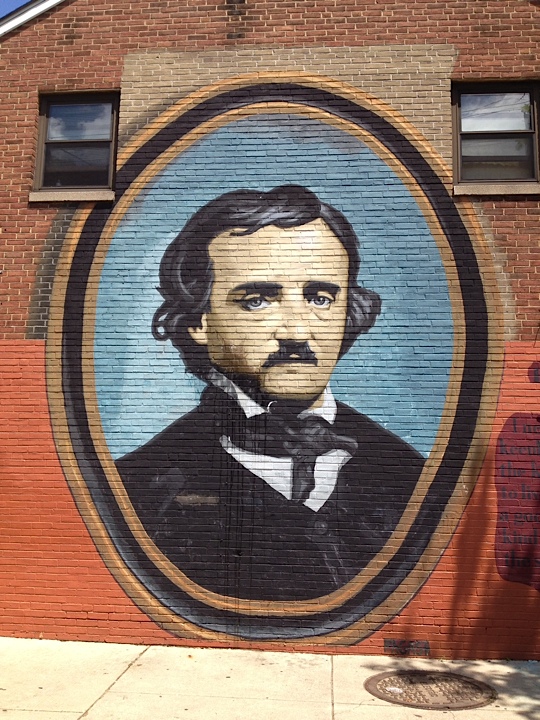
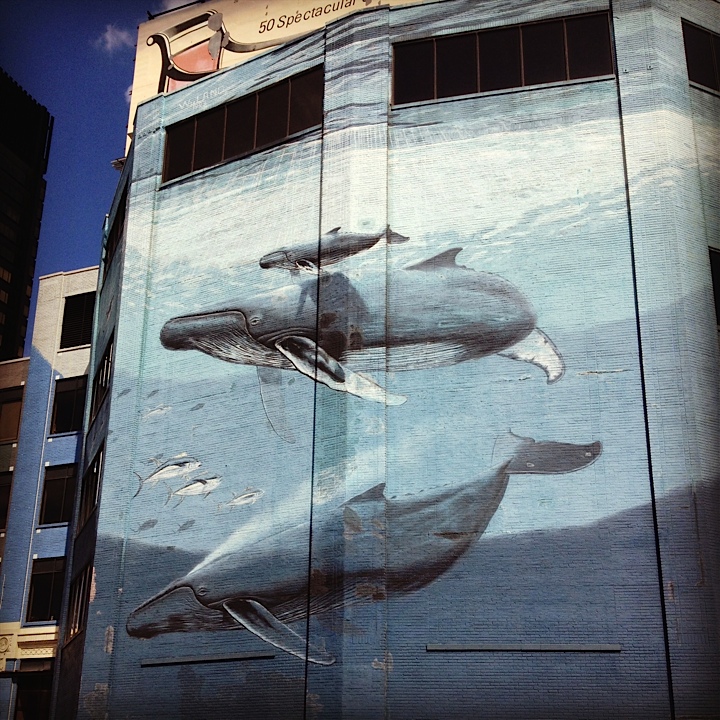
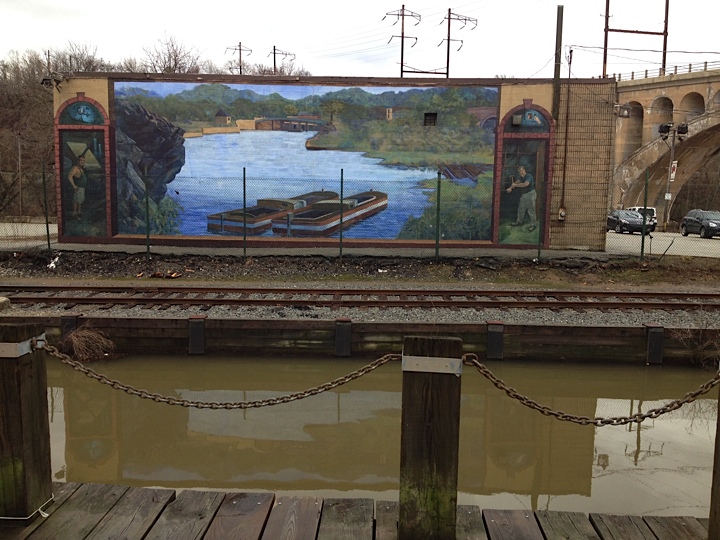
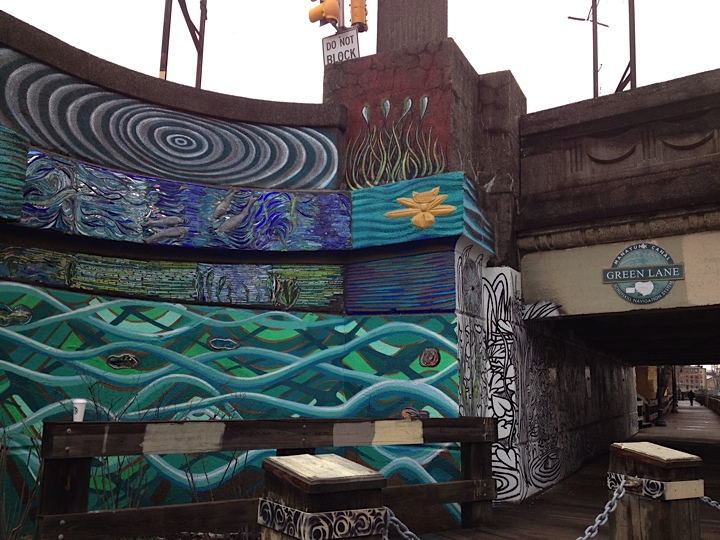
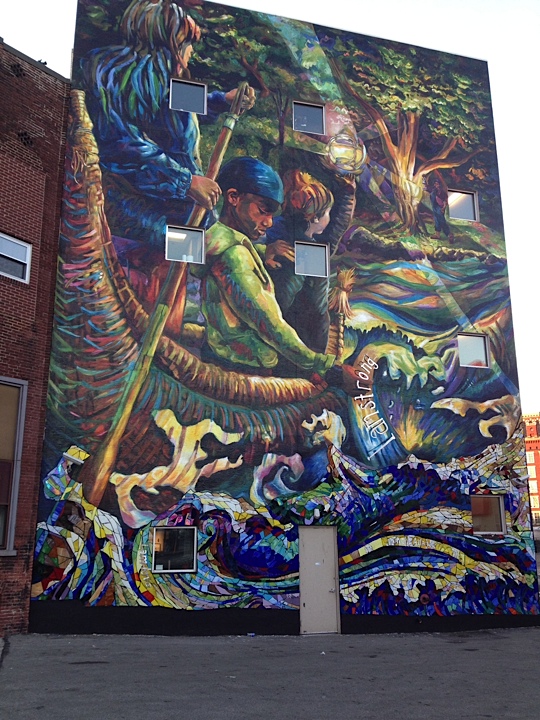
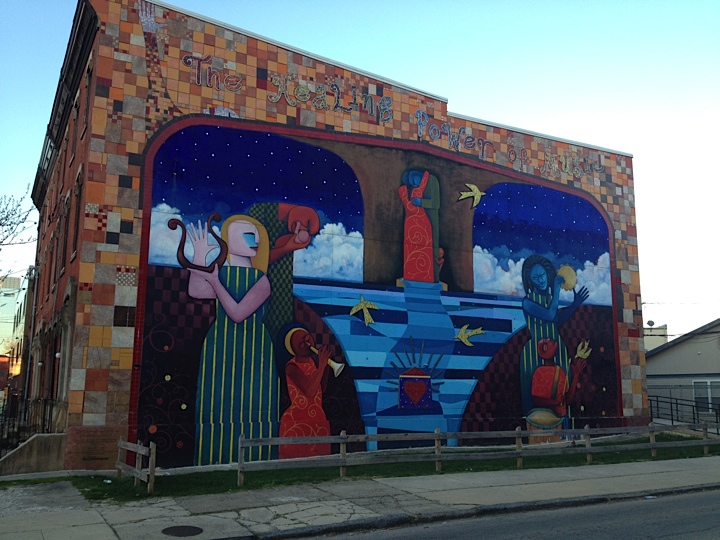
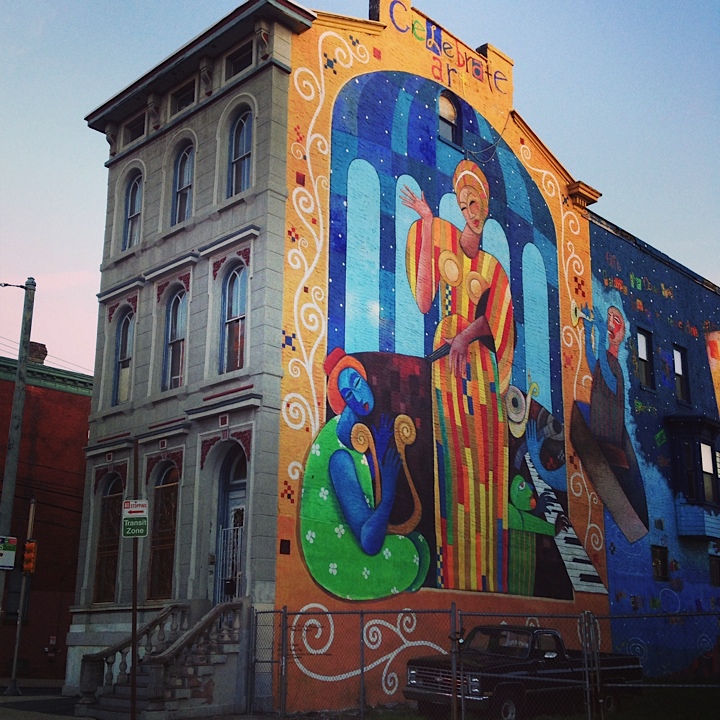
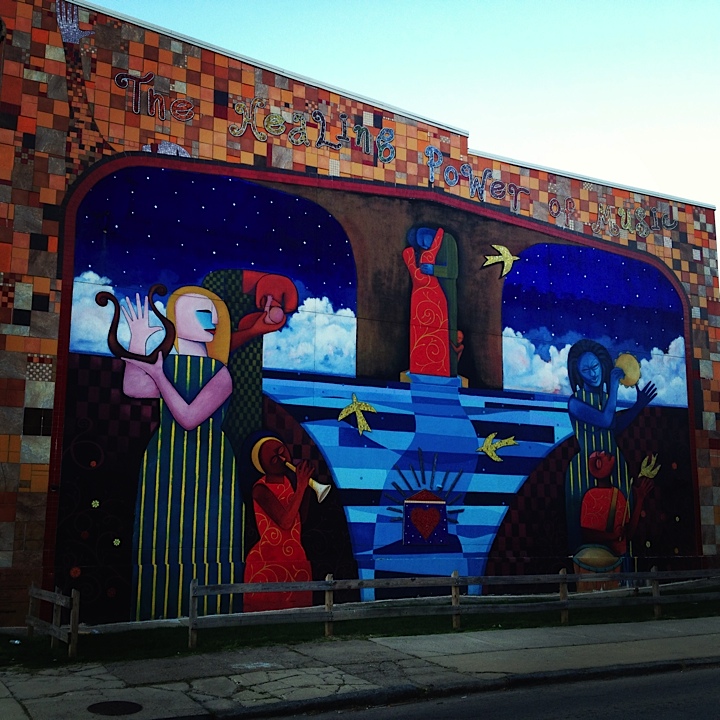
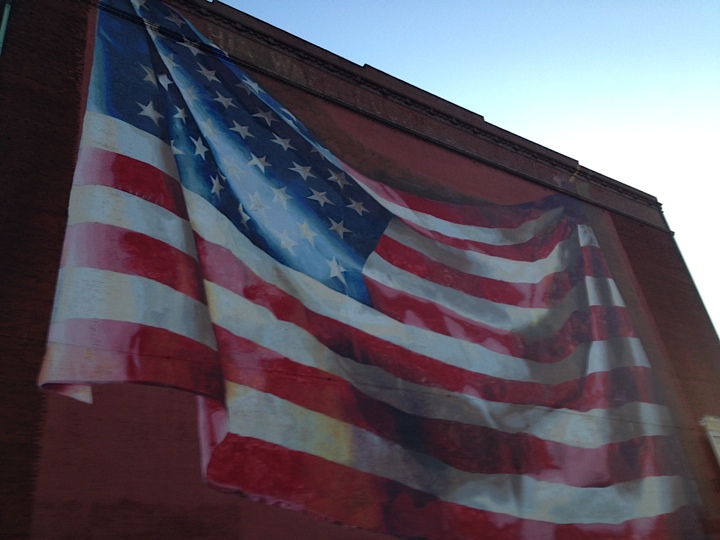
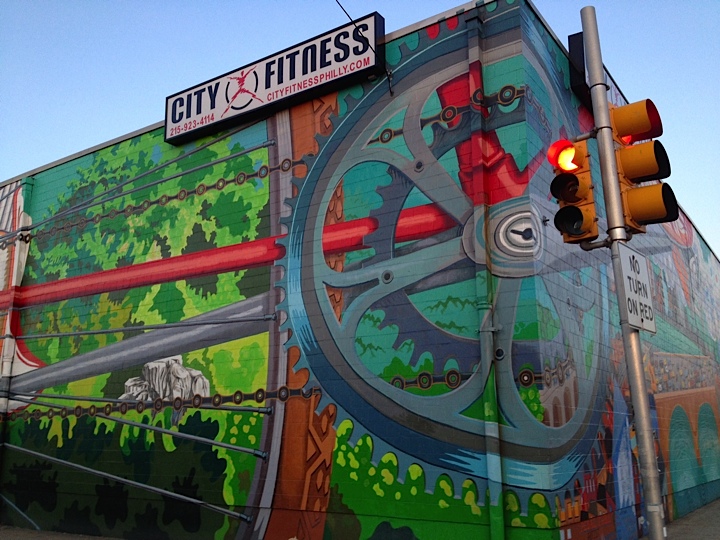
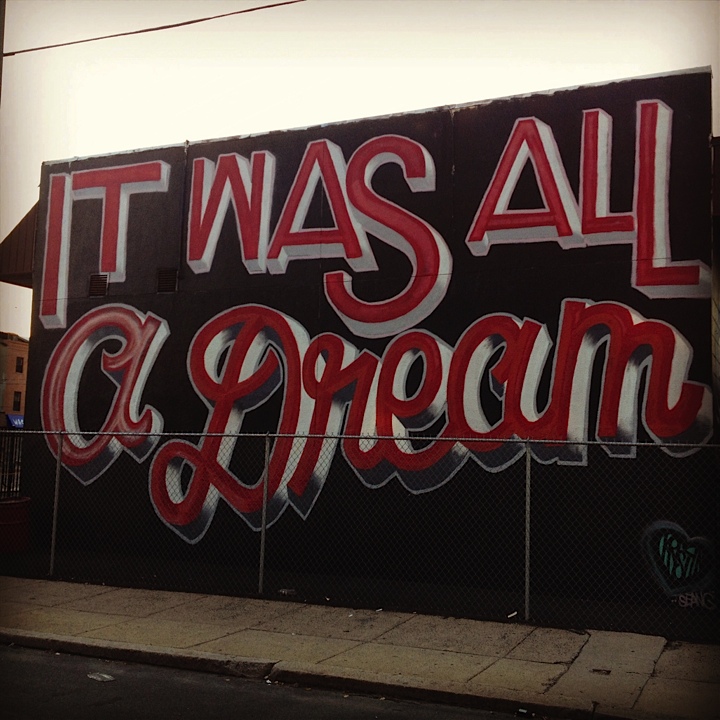
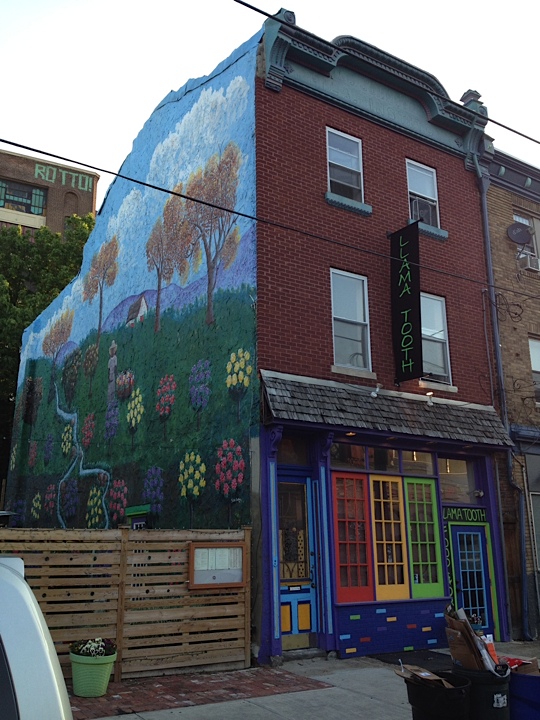
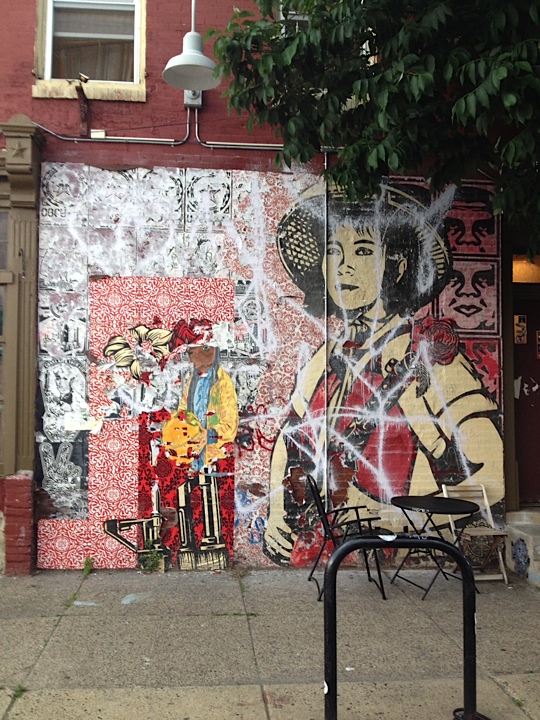
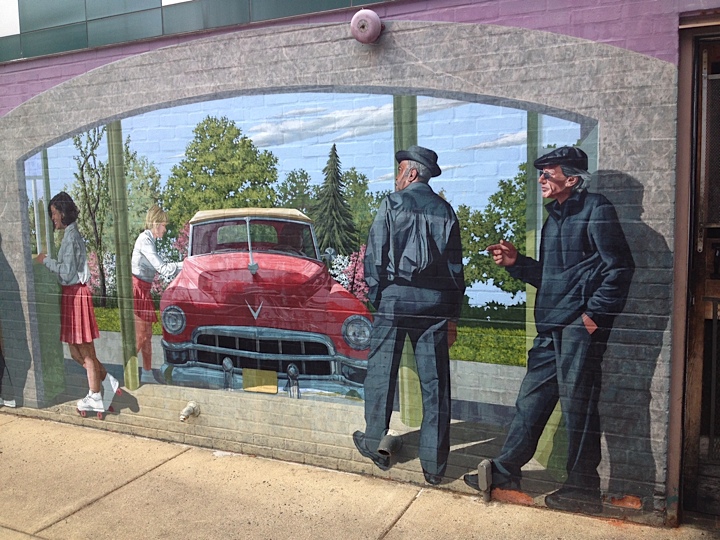
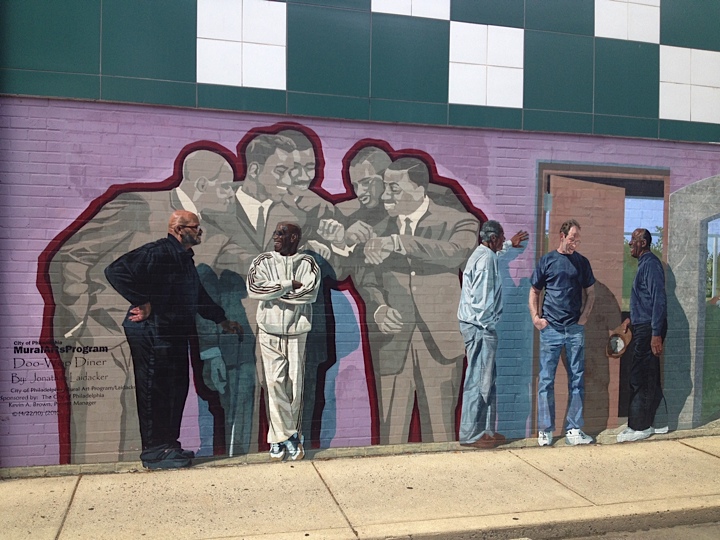
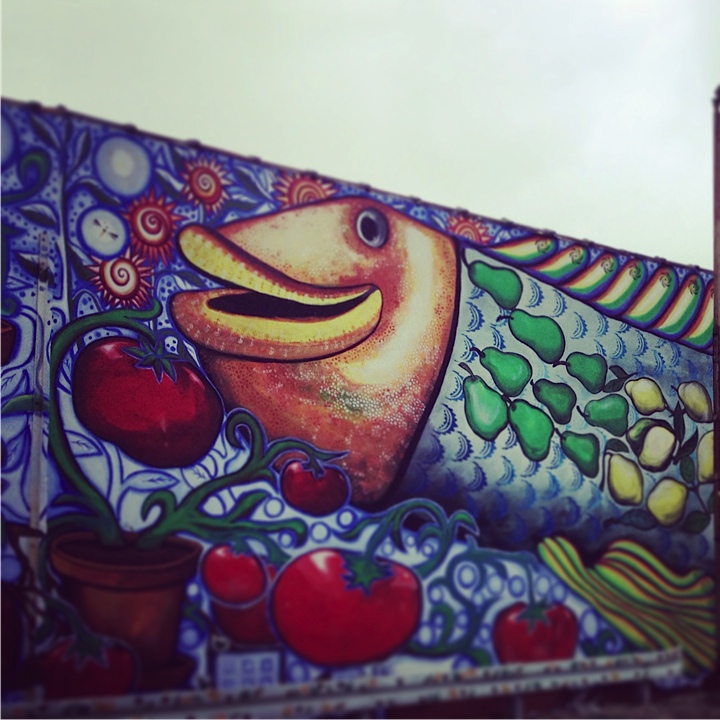

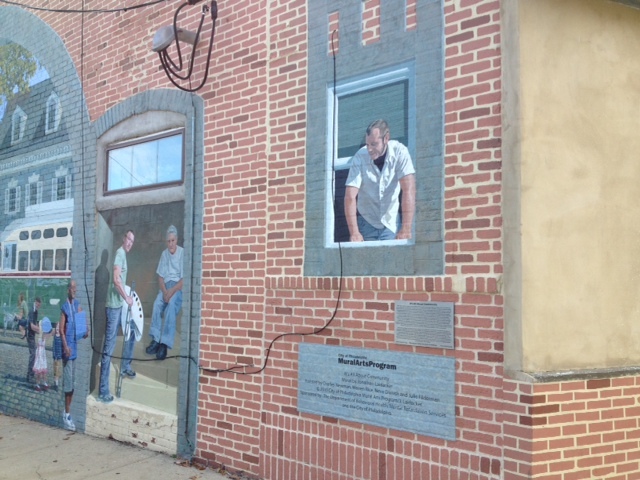
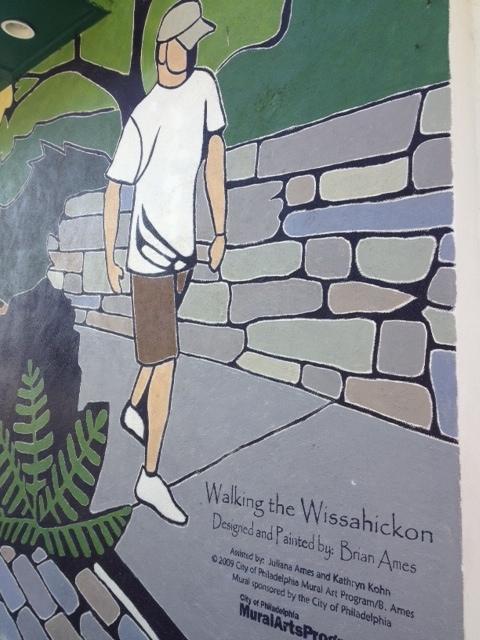
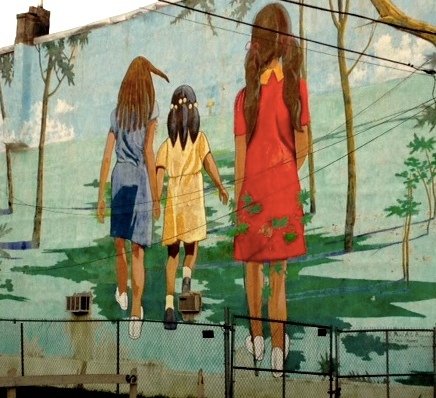
By Jim Brennan